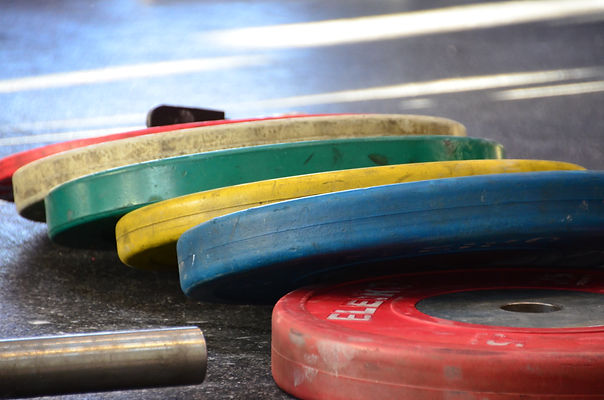Program Design Considerations #1 : Needs Analysis
- Dave McDowell
- Sep 6, 2015
- 4 min read
Designing a training plan for a new athlete or client is sometimes a daunting task. How are you to know what exercises to use? What order to put them in? What qualities to train? Which methods will to use to produce these effects so that the athlete may adapt and get better? In this article series I will attempt to break down the process of planning training for specific goals in order to present the process in smaller more manageable chunks. This should help any coaches succeed in maximizing their training planning.

Enter the Needs Analysis. The needs analysis is always the first step before any training process. The needs analysis comes before the assessment, periodization and implementation of the training process. The goal of the needs analysis is collect all of the background information necessary to have a successful training planning process. Generally the needs analysis process will aim to collect information about many factors including: metabolic demands of the sport, biomechanical demands of the sport, and injury profiles of athletes in similar sports, in similar positions at similar levels. We can also use this time to collect specific data about a client that we are working with such as: goals, injury history, and all other important information.
The goal of this collection process is to attempt to lay the frame work for the planning process. With the needs analysis we will collect all of the information that will underpin the choices we make when designing the training plan. Let’s take a look at some common information we will need to collect.
Metabolic Demands of Sport:
All sports are not performed with the same metabolic conditions as each other. For instance a marathon runner will need a drastically different metabolic profile than that of a weightlifter. Most sports will fall somewhere on this continuum. A common method of determining the metabolic demands of a sport is to watch a time-motion analysis of the sport being played. Many differences will exist between positions within a single sport, and also between teams, or levels. For instance the demands of sport between a goalie and forward in hockey are extremely different. Furthermore the demands between a team that plays a dump and chase style of hockey vs. a trap style may be different still. With this in mind it is important to discuss with the athlete how they feel during their games, what sort of strategies and tactics their coach uses, as well as try to gain access to video of the athlete performing their sport. With this information we can begin to classify the sport into the energy system category it belongs being ATP-PC, Lactic Acid, or Aerobic. In reality every sport will always be a mixture of these 3 predominant energy systems but how much of each depends on all of the aforementioned factors.
Biomechanical Demands of Sport:
Each sport will require a different set of muscle actions, performed in a different sequence, as well as a different set of movement patterns. When completing the time motion analysis looking at the energetics of a sport, the strength and conditioning coach can use this opportunity to see how the athletes move, and what sorts of patterns and muscle actions are necessary for sporting success. Movements will need to be categorized by open or closed kinetic chain. An inventory of muscle actions can be taken using terms Flexion, extension, abduction etc. Noting key muscle groups so that they may be trained in the actions they are used for and adhering to the principle of specificity. As well movement patterns should be noted do athletes spend a lot of time shuffling, backpedaling, tumbling, sprinting etc. All of these factors should come together and be used to plan the effecting training process.
Injury Risk of the Sport:
It is no surprise that injuries to occur in sports. However the needs analysis is one of the most important times in the training process used towards minimizing this risk. The strength and conditioning coach should be diligent in getting necessary information from the athlete about previous injury history and referring to a health practitioner when necessary. As well the strength coach should perform research looking at similar level athletes in similar sports and positions noting all common injury trends. For instance volleyball athletes playing on the front line are often at an increased risk of ankle inversions due to jumping and landing on opposing players feet. Many correlations exist between level, age, position and injury risk all of which should be taken into account when designing the training process.

As you can see performing a needs analysis is a lot of work, however when done correctly the results can be amazing. After a thorough needs analysis has been performed it can be referred to during each macro, meso, or microcycle. It may need to be updated but will always be available to guide you in planning your next training block. I encourage all young strength coaches to get into the habit of performing this type of analysis every time you take on a new client. You may even have additional data that you would like to put in yours, as always develop your own systems and techniques to guide your own training process.
Photo Credit:
Photo Credit via Photo Pin CC
Photo Credit via Photo Pin CC





Comments